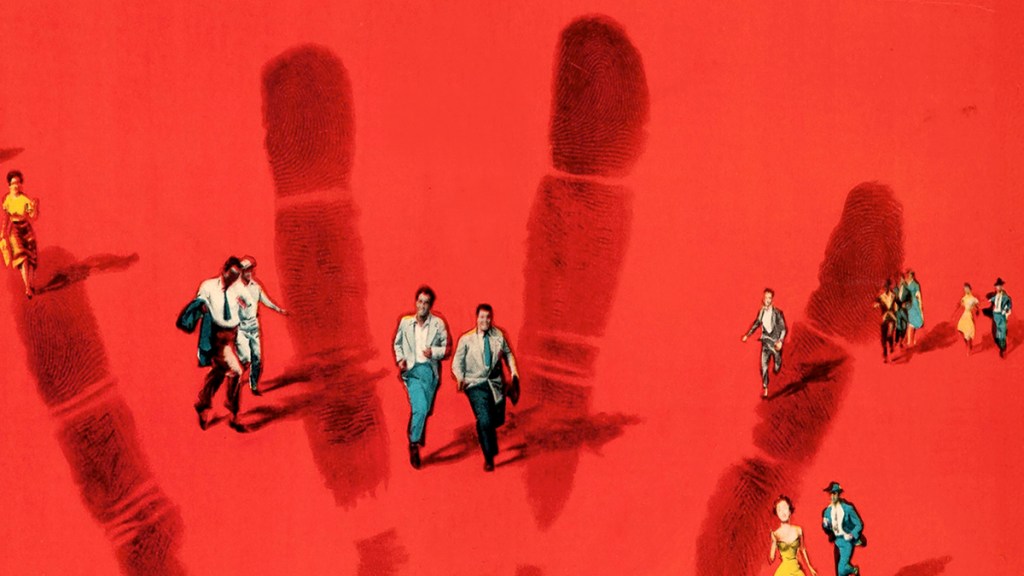It’s a terrifying fear: you wake up one day, and your loved one isn’t the person you thought they were. The warm spark is gone, replaced by loyalty to a collective that wants to oppress and suppress you. You can’t reason with them, knowing they will wait to catch you with your guard down and take over. The only way to be safe…

After taking a hiatus of a whopping 14 years, the Final Destination franchise has now made a triumphant return, with…





